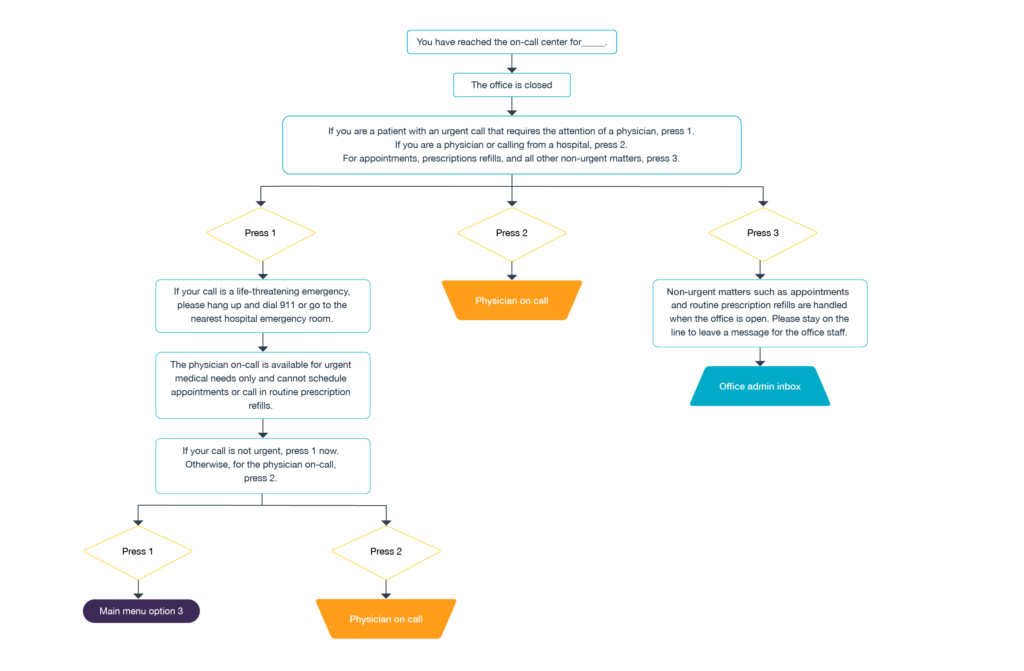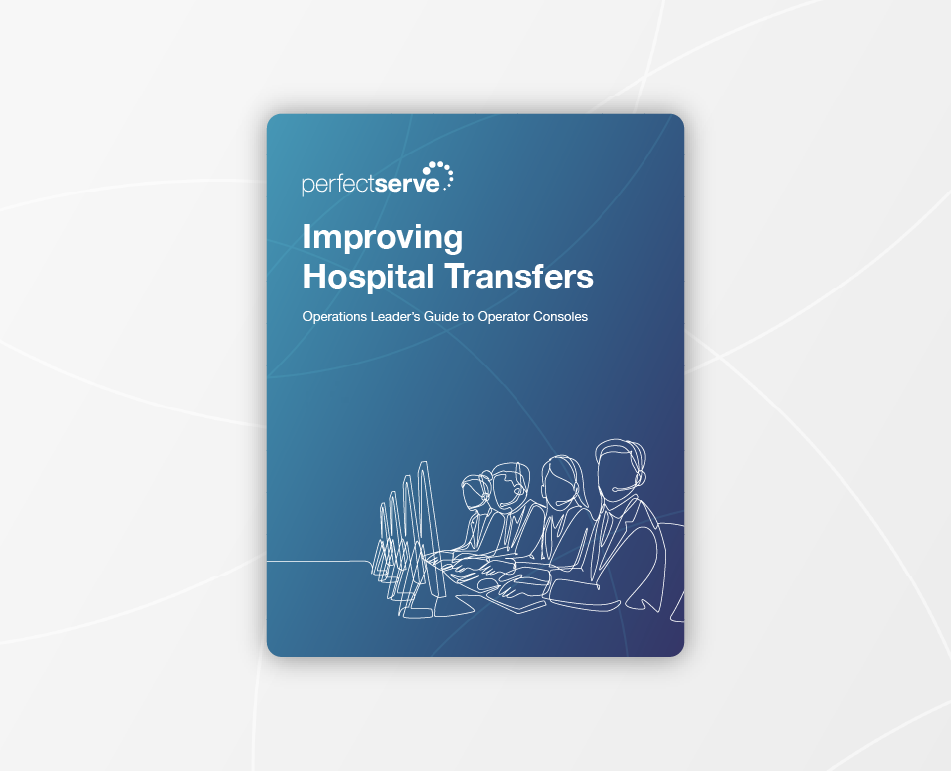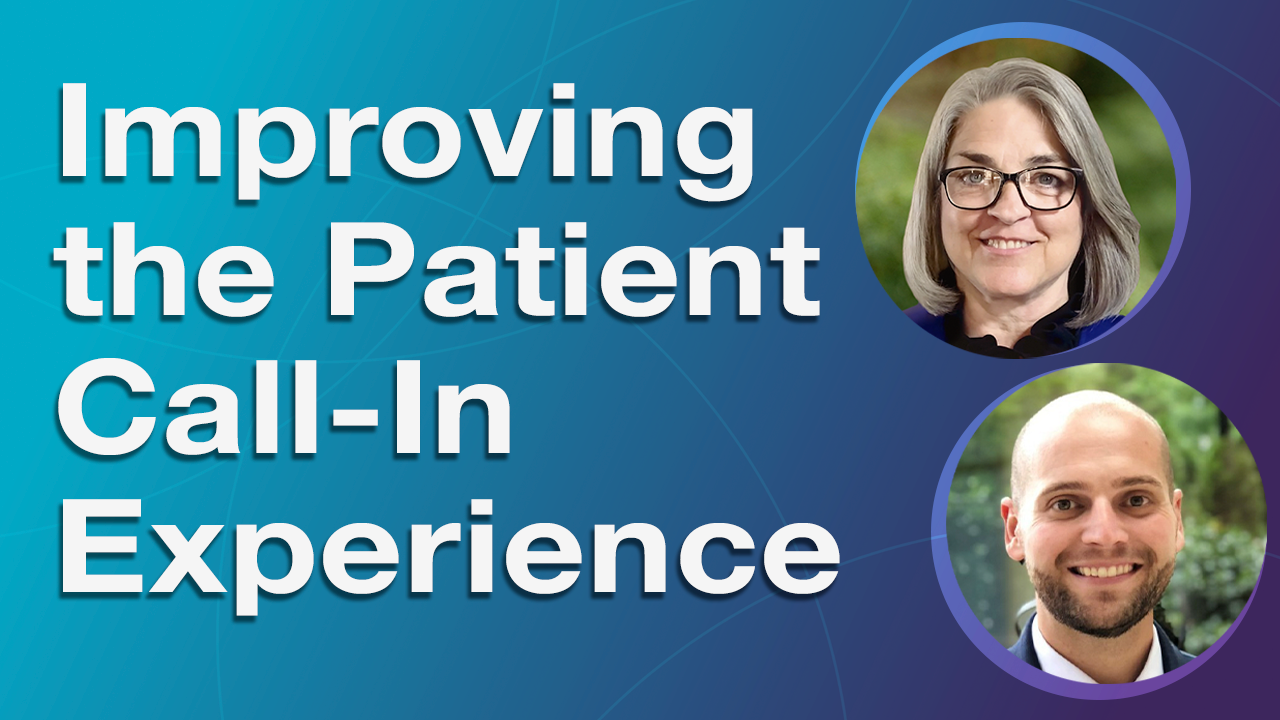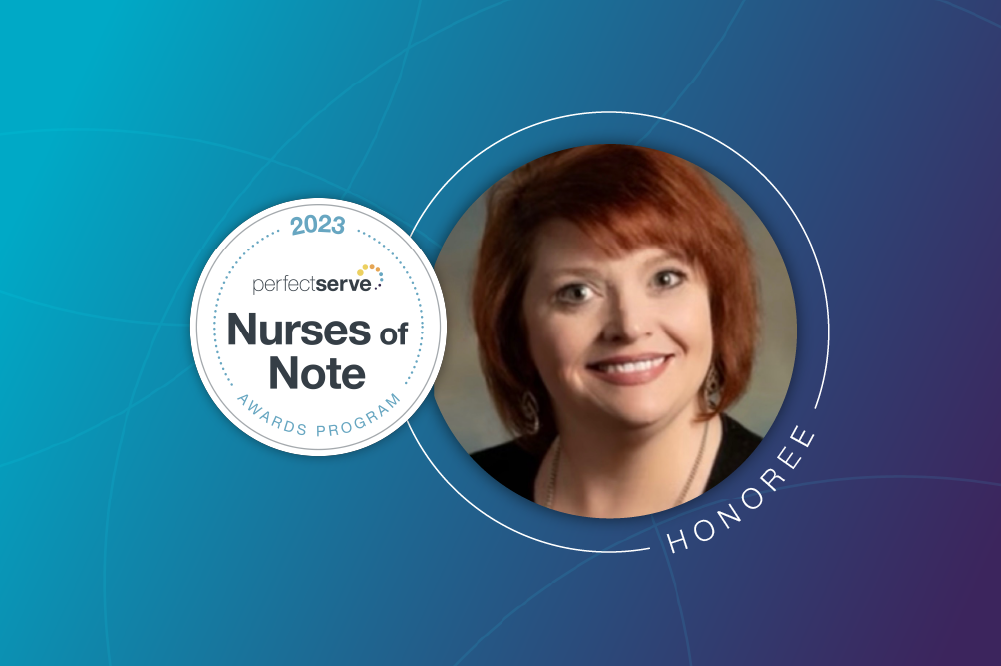Medical Answering Services: Urgent Versus Non-Urgent Calls
TABLE OF CONTENTS

Do your patients get frustrated when they engage with your medical answering service? Do they find your phone tree hard to follow? Are patients with urgent requests getting stuck in a non-urgent queue? If so, you’re not the first to encounter these challenges. With the right medical answering service solution, you can drastically improve the call-in experience.
Communication pathways play a big role in the way patients receive and retain information. When we implement workflows—whether enabled by technology or something else—that are built to effectively share pertinent and educational information, we alleviate frustration and increase the likelihood of having well-informed, empowered, and satisfied patients.
Let’s look at how medical answering services can more effectively manage inbound calls to ensure urgent and non-urgent patient messages get to the right place at the right time.
Access Medical Messages Easily
Medical answering services can be built to manage a broad spectrum of patient calls. Every practice covers a unique range of patient care needs, so the customizable nature of a tech-enabled medical answering service means it can be designed to answer any number of patient questions efficiently. In many instances, this can even be done without a patient ever having to speak with a provider. Research shows that patients want more convenience and shorter wait times,1 so using technology in this way is a win on both fronts.
As an example, a patient may want to ask their provider about eating restrictions prior to taking a blood test. To save both patient and provider time, a medical answering service phone tree can automatically route this patient’s call to the on-call phlebotomist or lab nurse to answer their question. A similar workflow could be built for the question, “How long should I fast before getting my blood drawn for a glucose test?” If a patient navigates to this portion of the menu, they can get their answer without talking to a provider.
Other questions can be answered in much the same way—the possibilities are almost endless. Educational reminders passed along while patients wait in a queue may include basic surgical requirements, such as refraining from eating or drinking before a procedure, or more generic logistical information like office hours and location, basic billing information, and what to do if the patient is experiencing a medical emergency (hint: think “911”). Making this information available via automated answering service gives patients around-the-clock access to answers that previously wouldn’t have been available in real time, which boosts convenience and can help to reduce anxiety.
Route Medical Calls Accurately

When urgent calls get routed to the wrong person, what happens? Who determines which calls are truly urgent or not? You can imagine a patient’s frustration when they have a time-sensitive matter to discuss but get caught in a non-urgent phone tree—maybe they’re asked to leave a voicemail that will be addressed the next business day—or end up being routed to the wrong provider. Though they may not have a true go-to-the-emergency-room-now situation, it’s still discouraging for patients when they need a timely answer and get stuck in a more general workflow that doesn’t yield a fast response from the provider. When patients experience high levels of frustration because they can’t get help when they need it, you better believe they’ll start seeking care somewhere else.
Never fear—technology to the rescue!
With PerfectServe’s Practice Communication solution, you can customize push notifications in the messaging app so physicians can differentiate between patient messages and personal messages. Medical assistants and office administrators can even take calls to help determine their level of importance. One practice manager at a neurology clinic slots herself into on-call status from 7 to 8:30 AM each morning. As messages get routed to her, she determines the priority before forwarding them to the on-call doctor in PerfectServe. For true emergencies, the standard, “If this is a life-threatening emergency, please hang up and dial 911” message tends to help patients self-select their ‘urgent’ requests.
For prescription refills, which often fall in the “non-urgent” category, an automated message might sound like this: “For routine prescription refills, please contact your pharmacy. If you need authorization or a new prescription, please leave your name and number for the medical office, and we will return your call during regular office hours.”
Improving Attitudes for Patients and Providers
These medical answering service workflows are designed to simplify information sharing while ensuring that all inbound communication gets routed to the right person at the right time. Using a smarter medical answering service doesn’t just improve the patient experience—physician well-being improves when they feel they’re providing more effective and responsive care for patients. By automating the inbound call process and seamlessly educating patients about next steps, voicemail volume shrinks, staff and provider time is protected, and more time is available to engage in direct patient care.
The AAFP says that healthcare organizations should consider health IT vendors that ease patient interactions because health IT can automate “calling processes and ensure patients receive educational messaging.”2 To learn more about how PerfectServe’s medical answering service can help you achieve this goal, schedule a demo today.
1 3 Ways Patient Expectations of Healthcare Changed Since COVID-19, DocResponse: https://www.docresponse.com/blog/patient-expectations-of-healthcare/
2 Improving low health literacy and patient engagement: A social ecological approach, ScienceDirect: https://www.sciencedirect.com/science/article/abs/pii/S073839911630302




